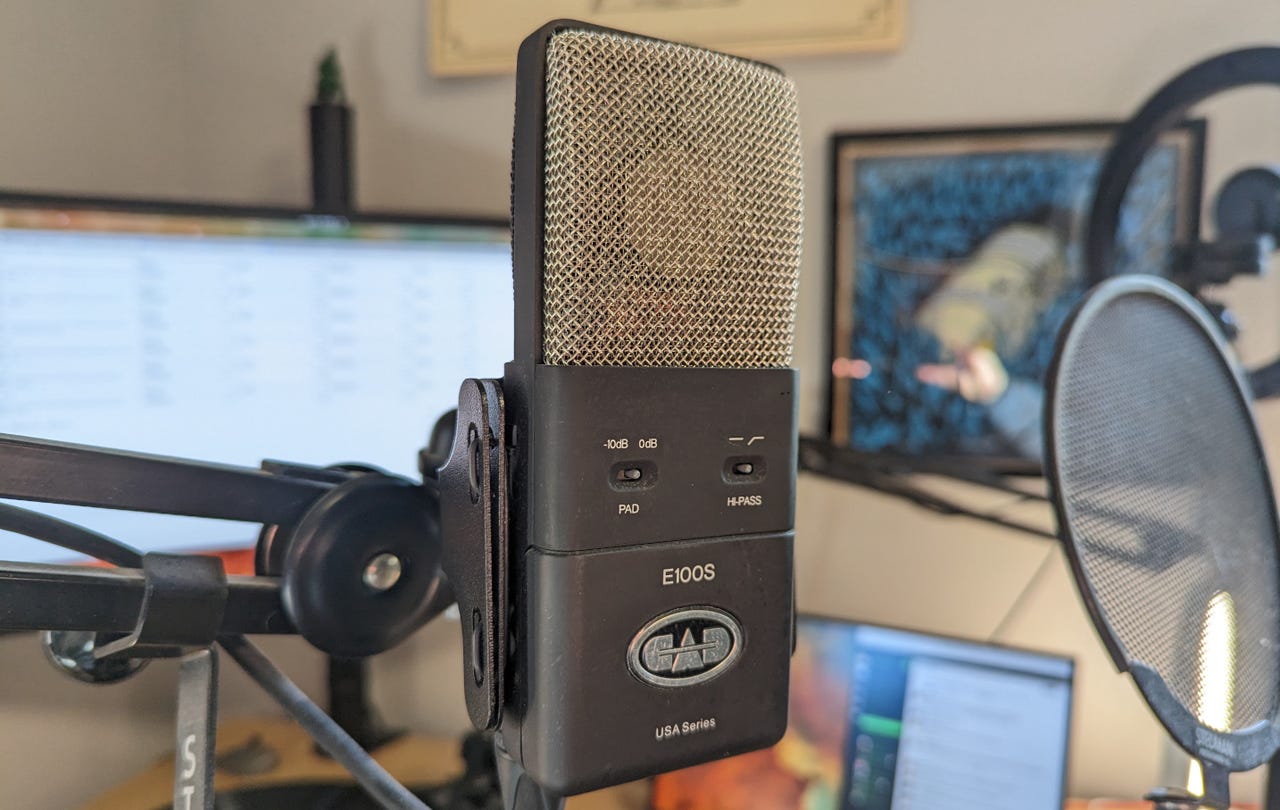'ZDNET Recommends': What exactly does it mean?
ZDNET's recommendations are based on many hours of testing, research, and comparison shopping. We gather data from the best available sources, including vendor and retailer listings as well as other relevant and independent reviews sites. And we pore over customer reviews to find out what matters to real people who already own and use the products and services we’re assessing.
When you click through from our site to a retailer and buy a product or service, we may earn affiliate commissions. This helps support our work, but does not affect what we cover or how, and it does not affect the price you pay. Neither ZDNET nor the author are compensated for these independent reviews. Indeed, we follow strict guidelines that ensure our editorial content is never influenced by advertisers.
ZDNET's editorial team writes on behalf of you, our reader. Our goal is to deliver the most accurate information and the most knowledgeable advice possible in order to help you make smarter buying decisions on tech gear and a wide array of products and services. Our editors thoroughly review and fact-check every article to ensure that our content meets the highest standards. If we have made an error or published misleading information, we will correct or clarify the article. If you see inaccuracies in our content, please report the mistake via this form.
Forget the Blue Yeti: This condenser mic records the cleanest sound I've ever heard

I've been doing podcasts, audiobook narration, and other types of audio for a very long time. When I first became serious in this field, I was using the Blue Yeti USB mic and it served me for quite some time.
Review: Is this Rode microphone the best USB option right now?
Eventually, however, I realized I needed to work with better (more pro-grade) tools. After a fairly lengthy search, I decided the best mic for my needs would be the Cad Audio E100S (or E100SX for the latest version). I've been using the mic for close to a decade now and it has yet to fail me. It records beautiful, rich, and full audio that shames other mics in its price point.
View at AmazonThe Cad Equitek (which is what the "E" stands for) is now in its fourth generation (called the E100SX), which continues to improve upon an already stellar mic.
The specs on this mic (the E100S) are still impressive though:
- Operating Principle - Condenser
- Polar Pattern - Supercardioid
- Frequency Response - <40Hz - 18KHz
- Sensitivity - -30dBV (28mV) @ 1Pa
- Impedance - 150 ohms
- Max SPL - 150dB (Pad engaged)
- Self Noise - 3.7dBA (best in class)
- Hi-Pass - 80Hz
- Attenuator - 10dB
- Power Requirements - P48
- Net Weight - 22oz (610g)
If you're unsure what all that means, I can simplify it to say this mic sounds gorgeous. It's the cleanest-sounding mic I've ever used and offers incredible range and depth of sound. Used in conjunction with a pop filter (I use the Stedman) you'll find this mic is as honest and truthful to the source as any mic you'll use for the likes of podcasting, narration, and even Zoom meetings (if you want to sound better than anyone in the room).
Review: Sonos Era 300 is a near-perfect smart speaker with one big drawback
The E100S has a PAD switch that allows you to go from 0dB to -10dB. For instance, if you're in a very quiet room, leave the PAD switch at 0. If you're in a noisier environment, you can reduce the input level by -10 dB to avoid extraneous noise. Of course, if you're in a really noisy room you'll either have to get rid of that noise in post or wait until it's quiet.
There's also a Hi-PASS switch that, when enabled, will cut out noise below 80Hz. Some costlier mics give you a selection of frequencies to filter out. The Cad E100S only has a flat or PASS option. The difference between having the Hi-PASS on or off is subtle and might require you to have a good pair of headphones to hear, but it's there, and once you notice, it's quite obvious. Leaving that Hi-PASS filter off will give you just a bit of extra punch in the low end, but it also requires you to be much more careful about plosives and breath.
Also: Best studio headphones recommended by music producers
For my usage, I leave the PAD switch at 0 and the Hi-PASS filter enabled (I add a bit of extra bass in post). Honestly, at $194 for the E100SX, you'd be hard-pressed to find a better-sounding mic for podcasting.
Some things to keep in mind
Now that I've tempted you with the microphones, there's something you must understand about them. The only means of connecting the E100S and E100SX is via XLR cable. That means you'll need an external interface for your computer. I use a Tascam US-4x4, which offers 4 XLR inputs as well as quarter-inch phone jacks. You'll also find RCA outputs and two separate headphone jacks.
Also: Best streaming mics right now
Without the external interface, you will not be able to use the Cad E100S (or E100SX) with your computer.
Also, the Cad E100S does include a shock mount that can be attached to a stand (so you don't have to worry about purchasing an after-market mount). As I said earlier, however, you will want to purchase a pop filter (especially if you leave the Hi PASS filter disabled). Even with the Hi PASS enabled, I would recommend a pop filter, as this mic is sensitive and will pick up every plosive and breath.
If you're seriously looking to up your podcast game, you cannot go wrong with this mic. Even to this day, every time I record something with it, I am truly impressed with the results.
